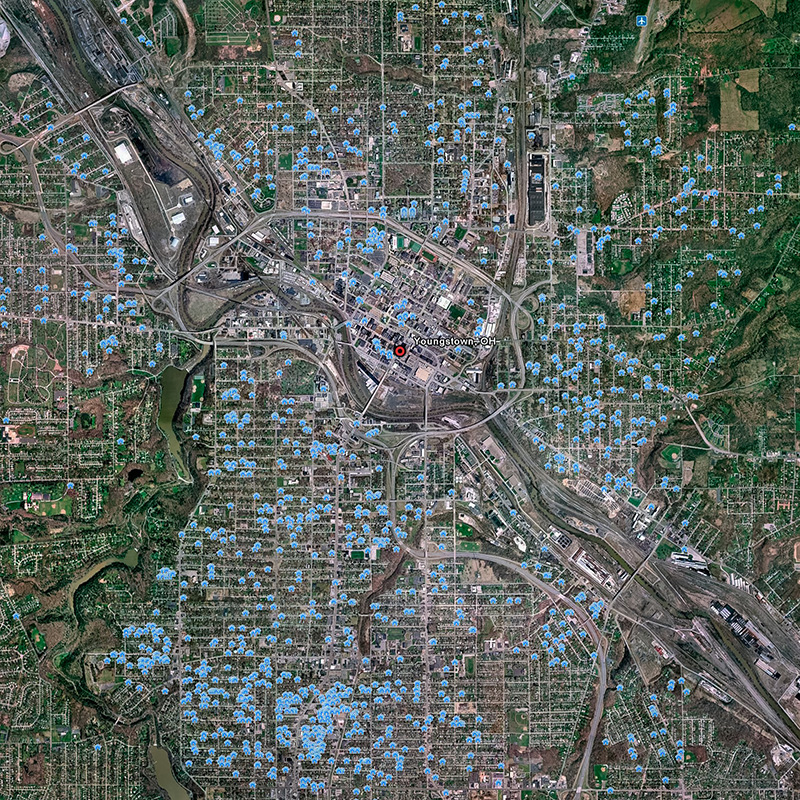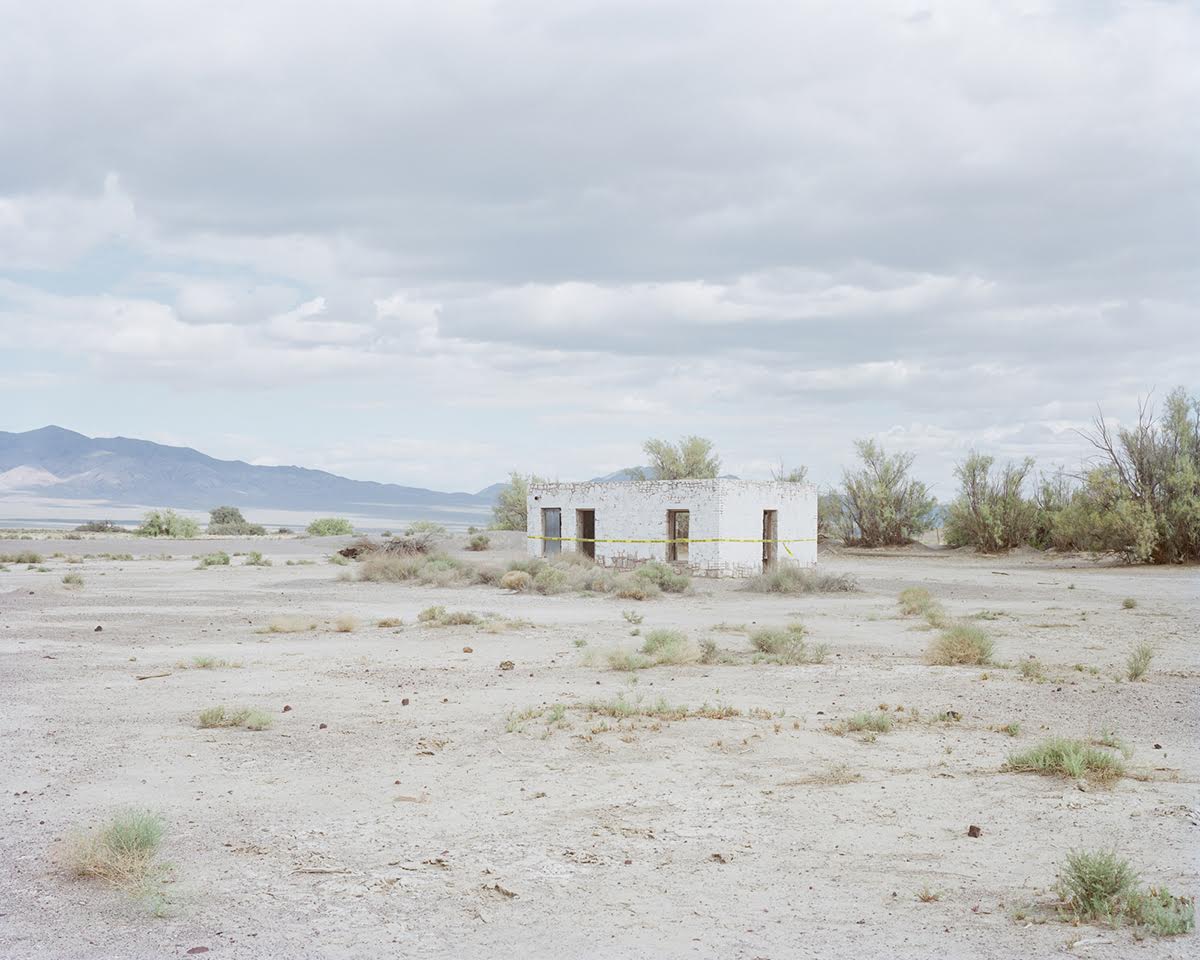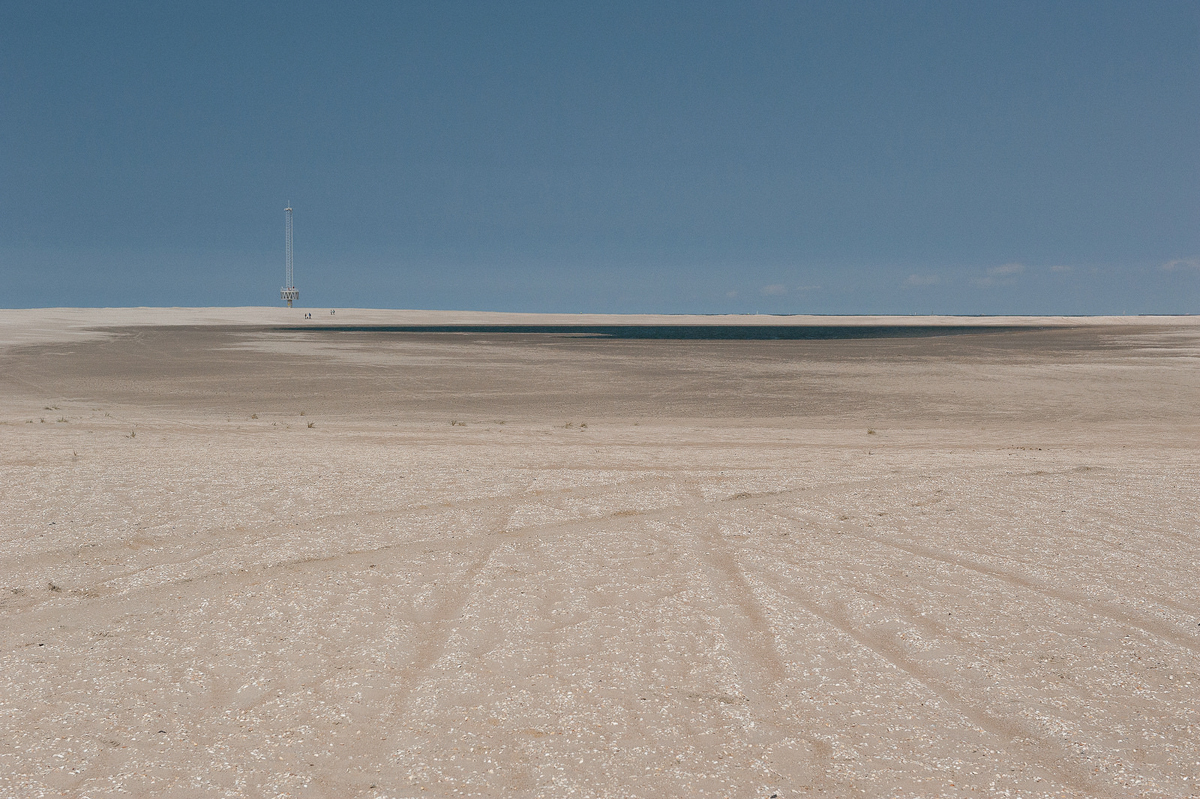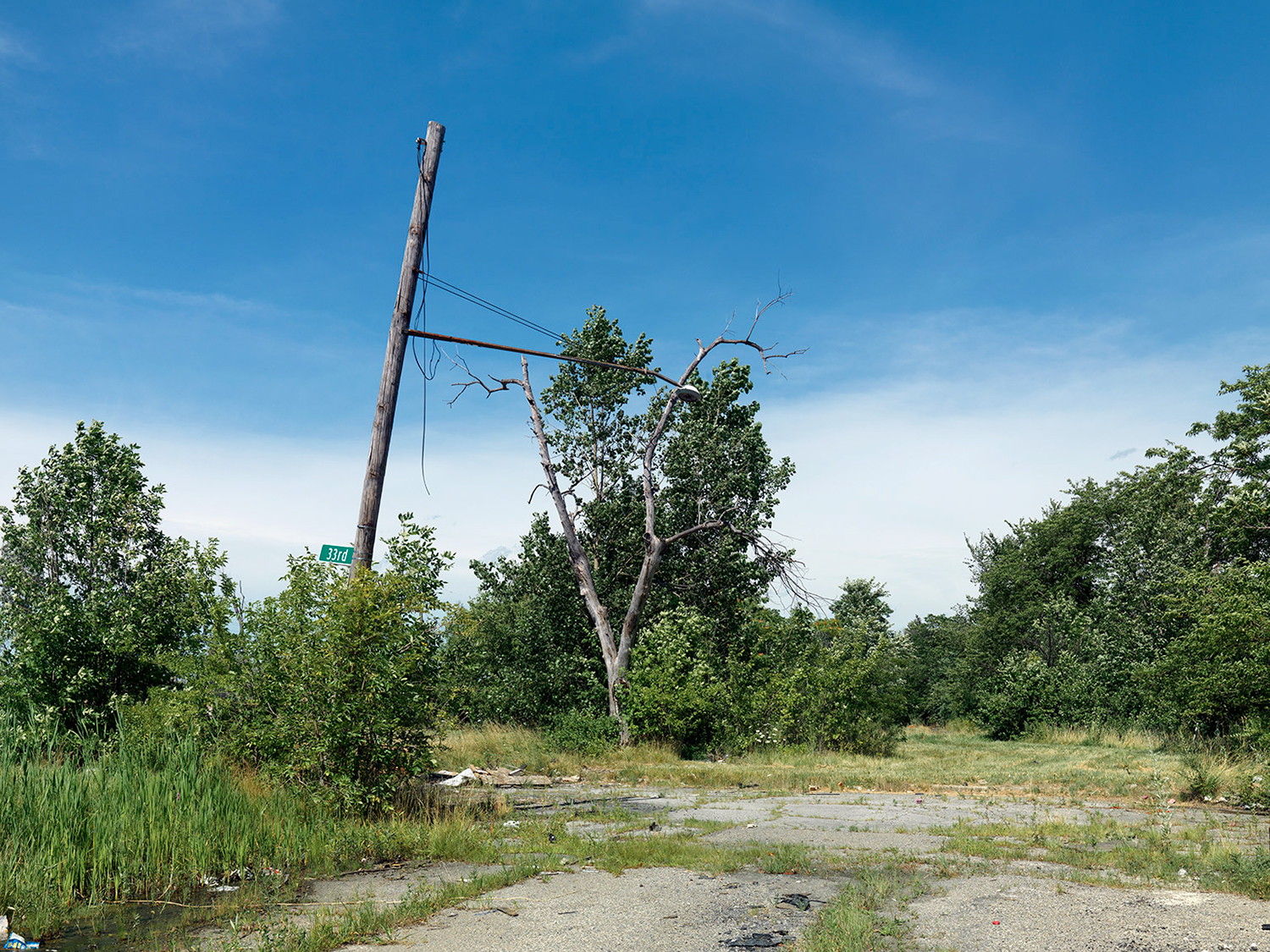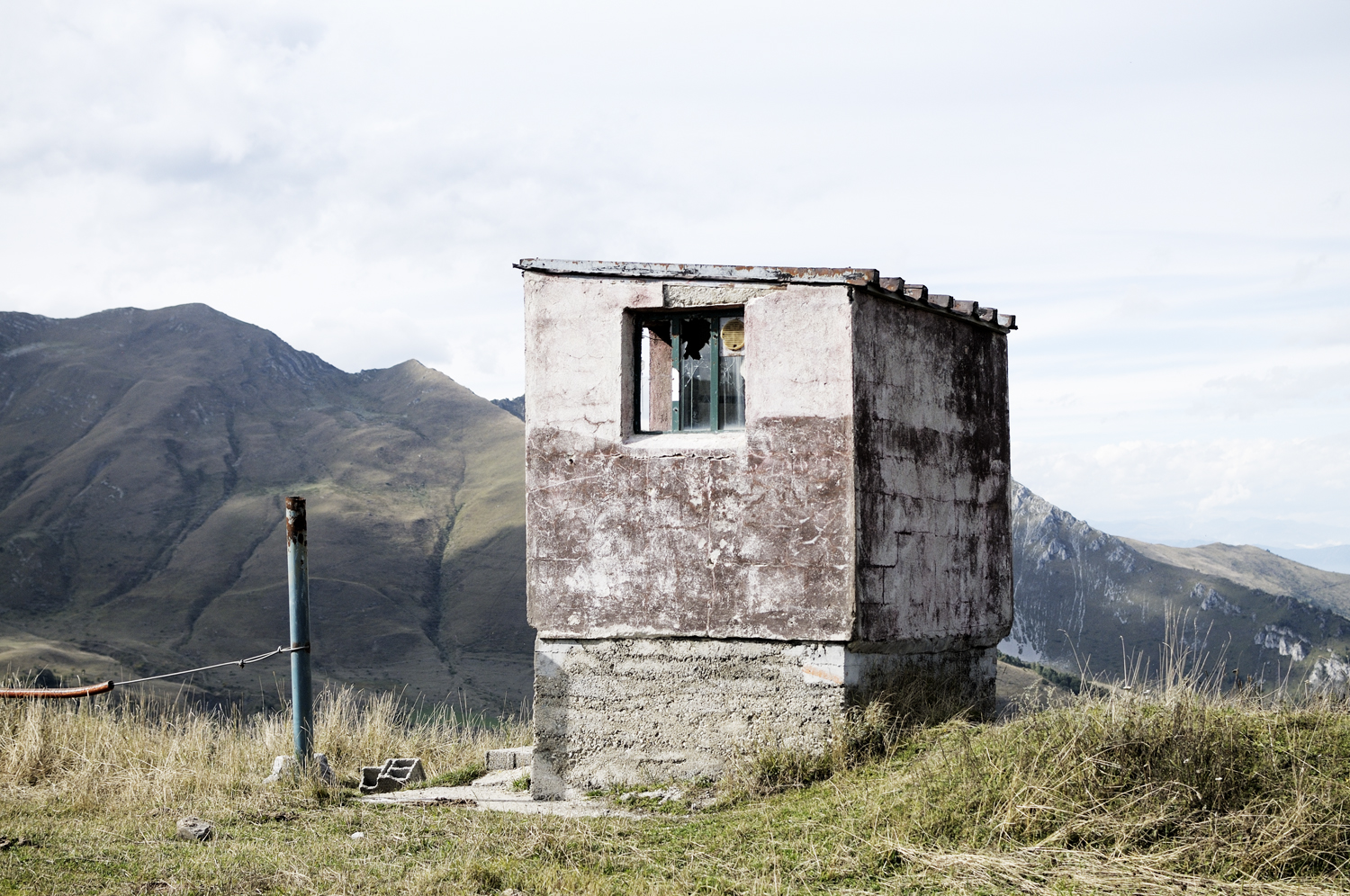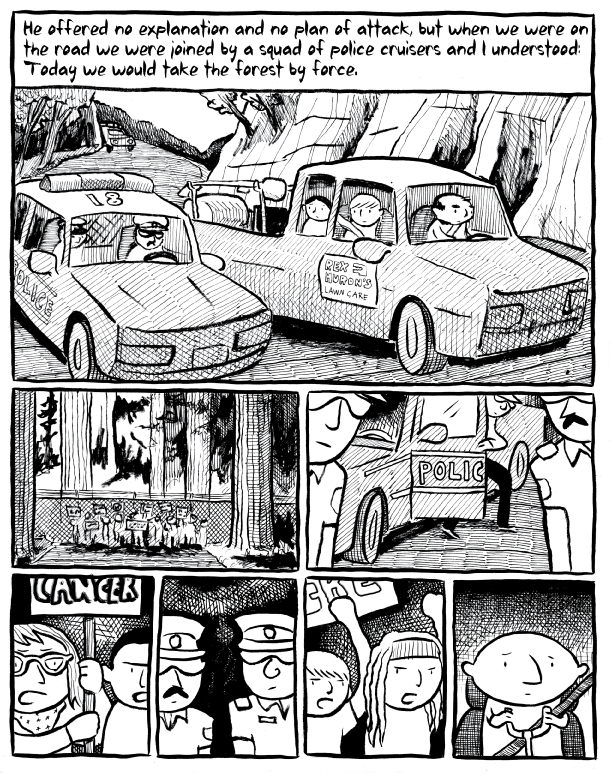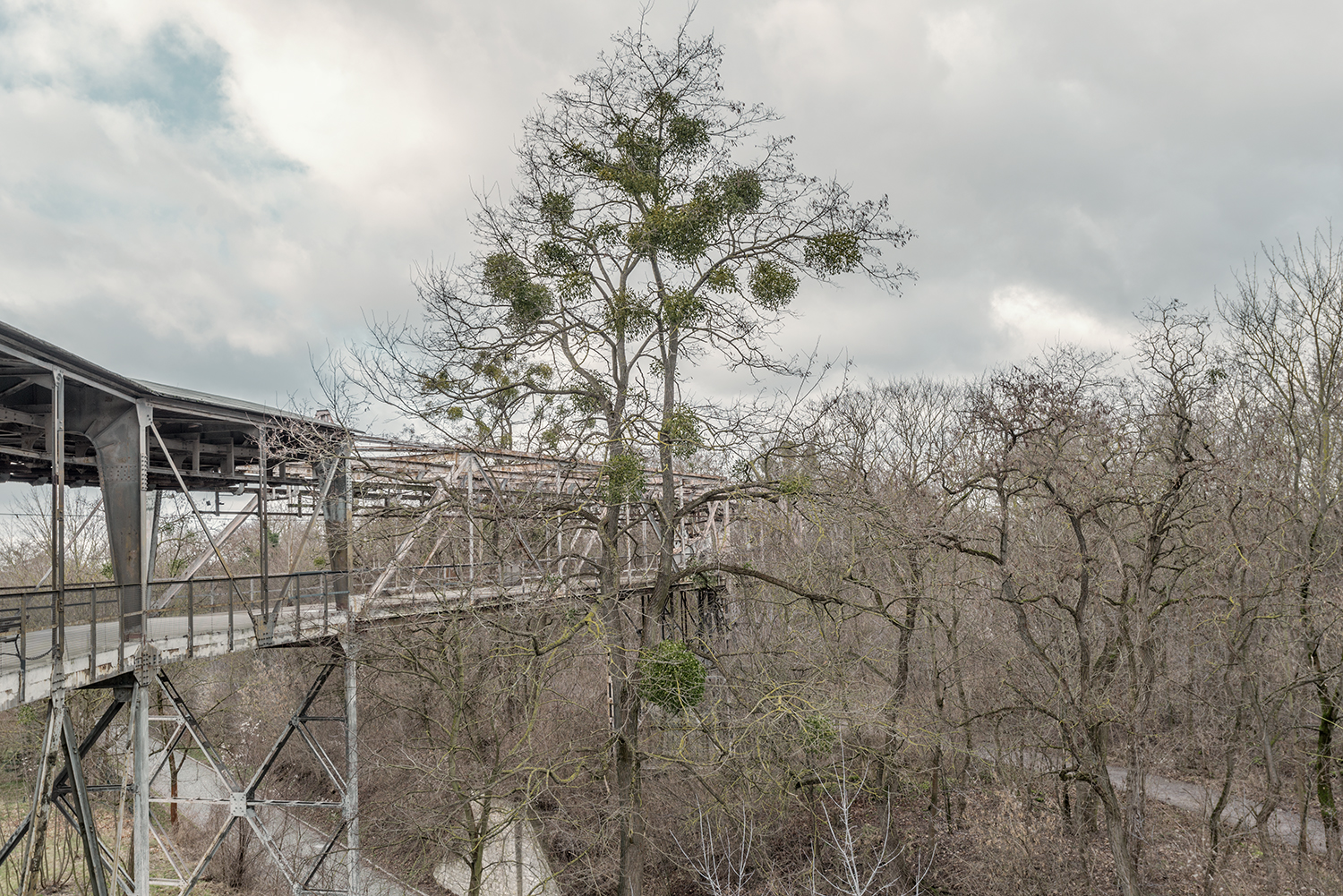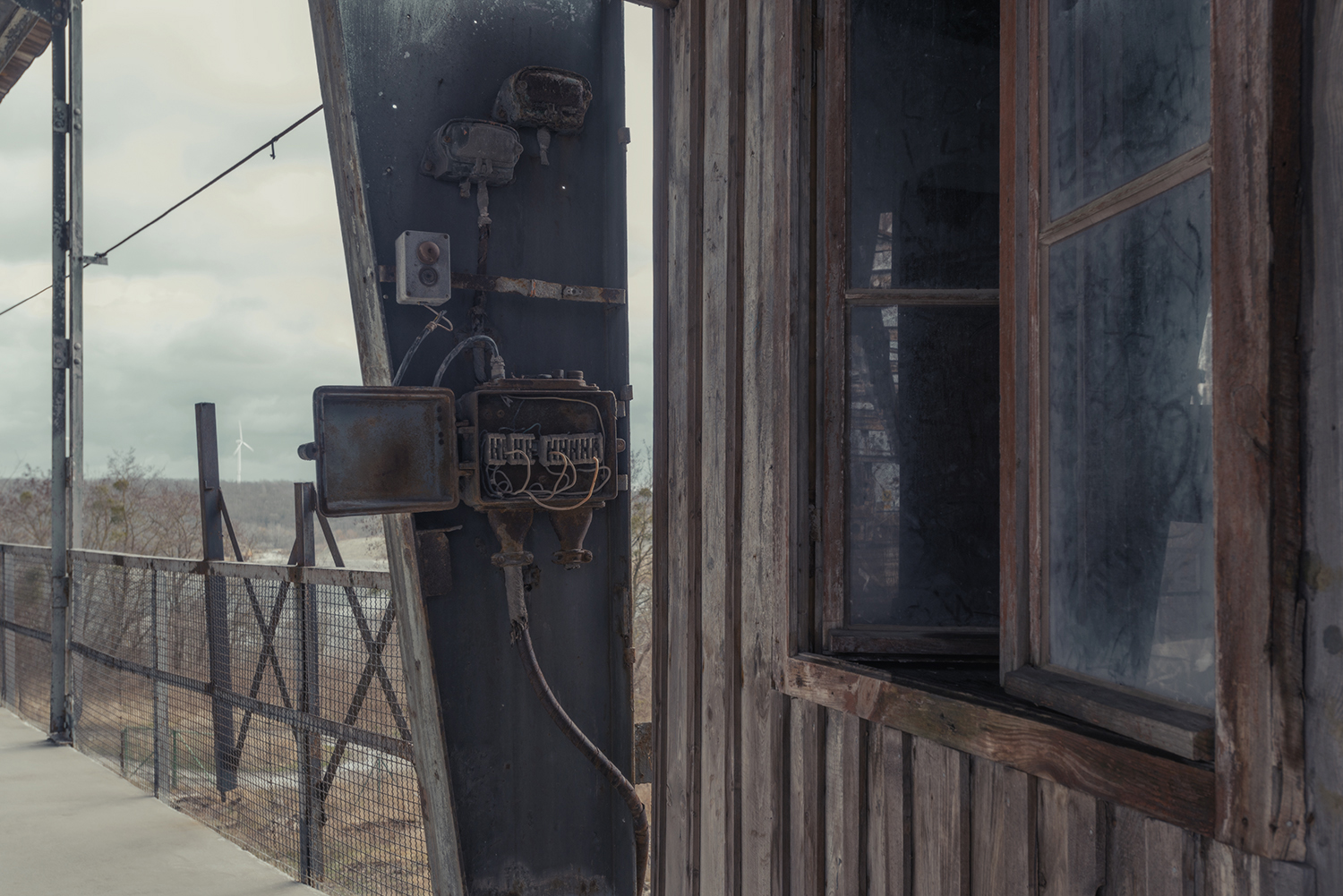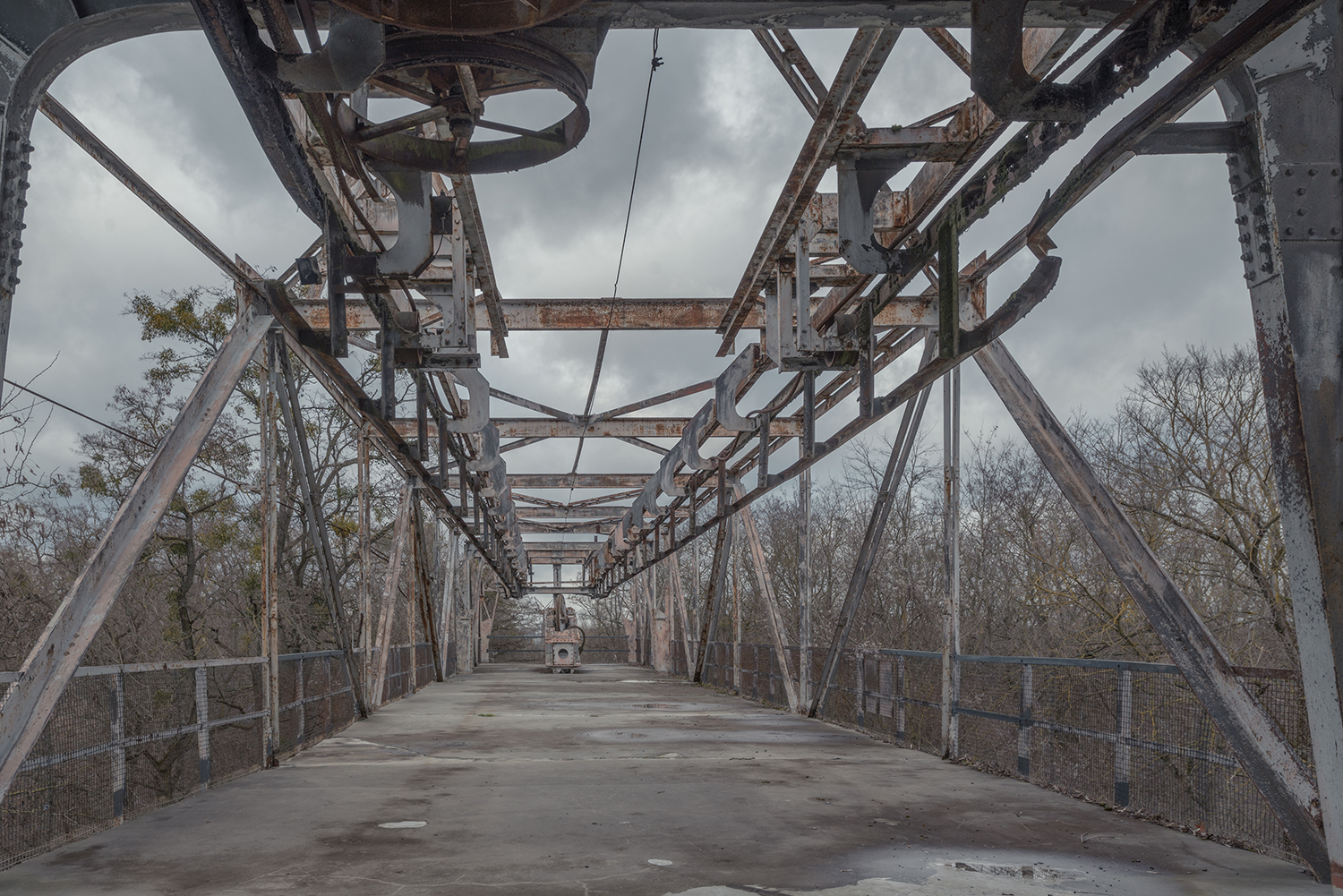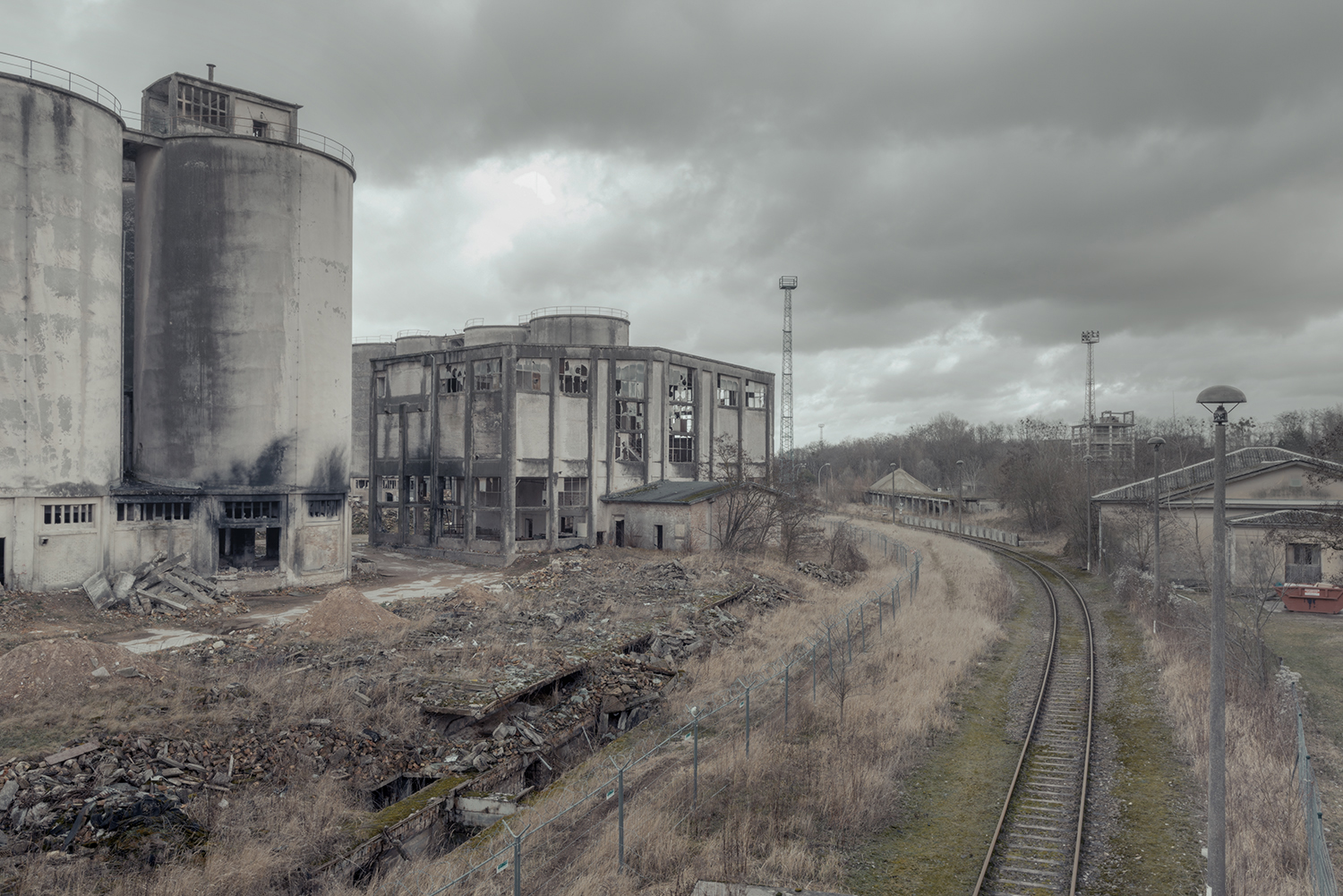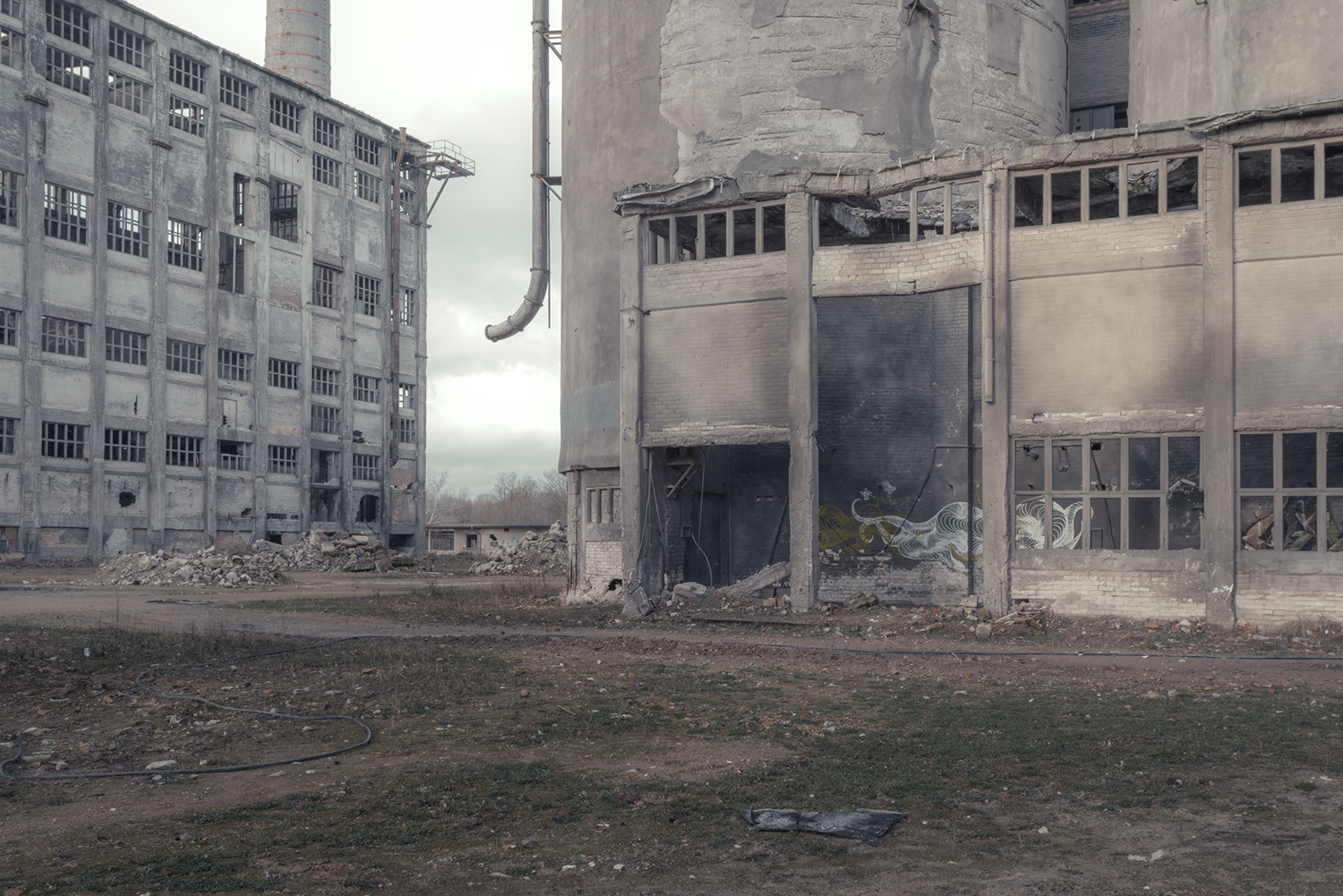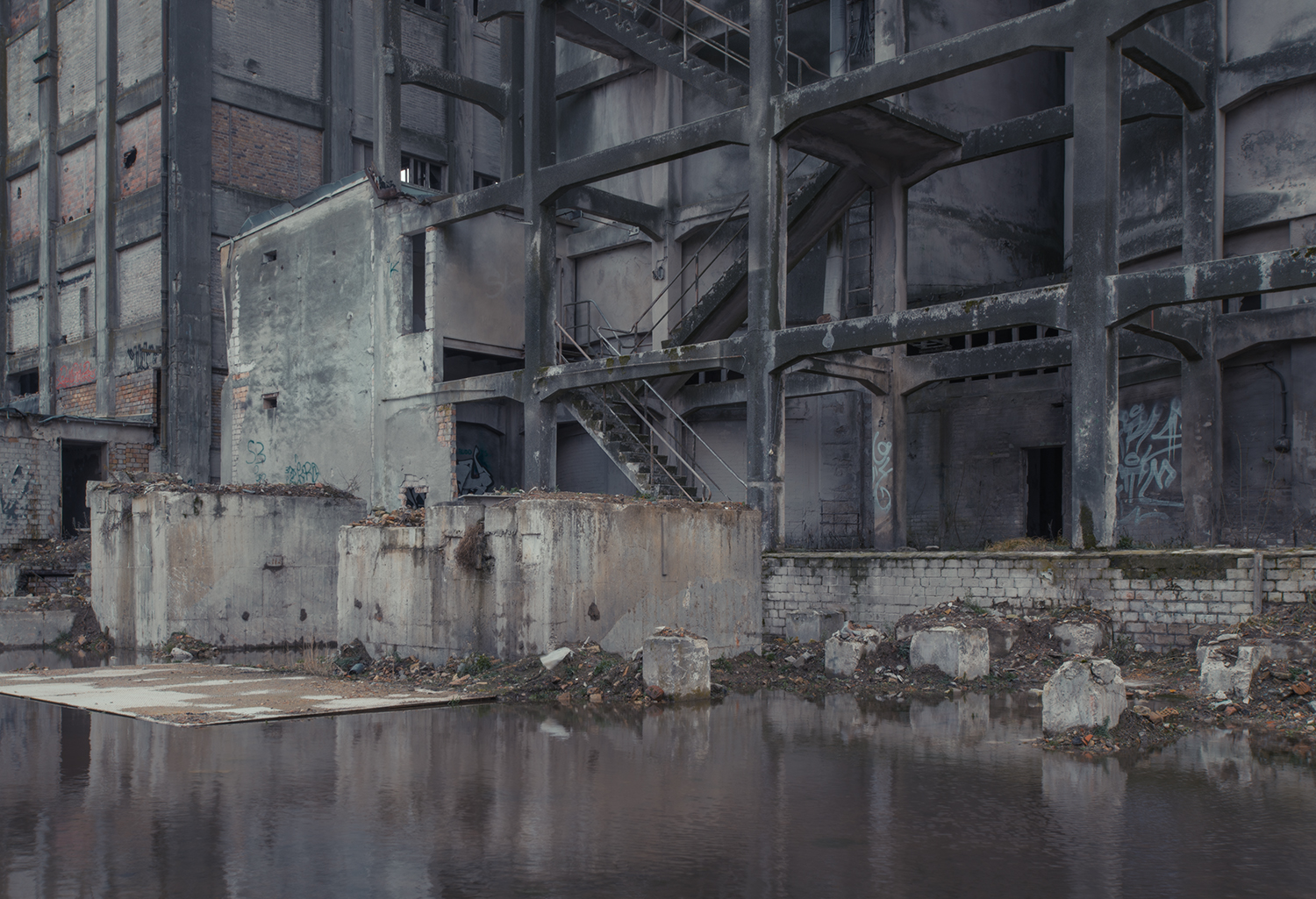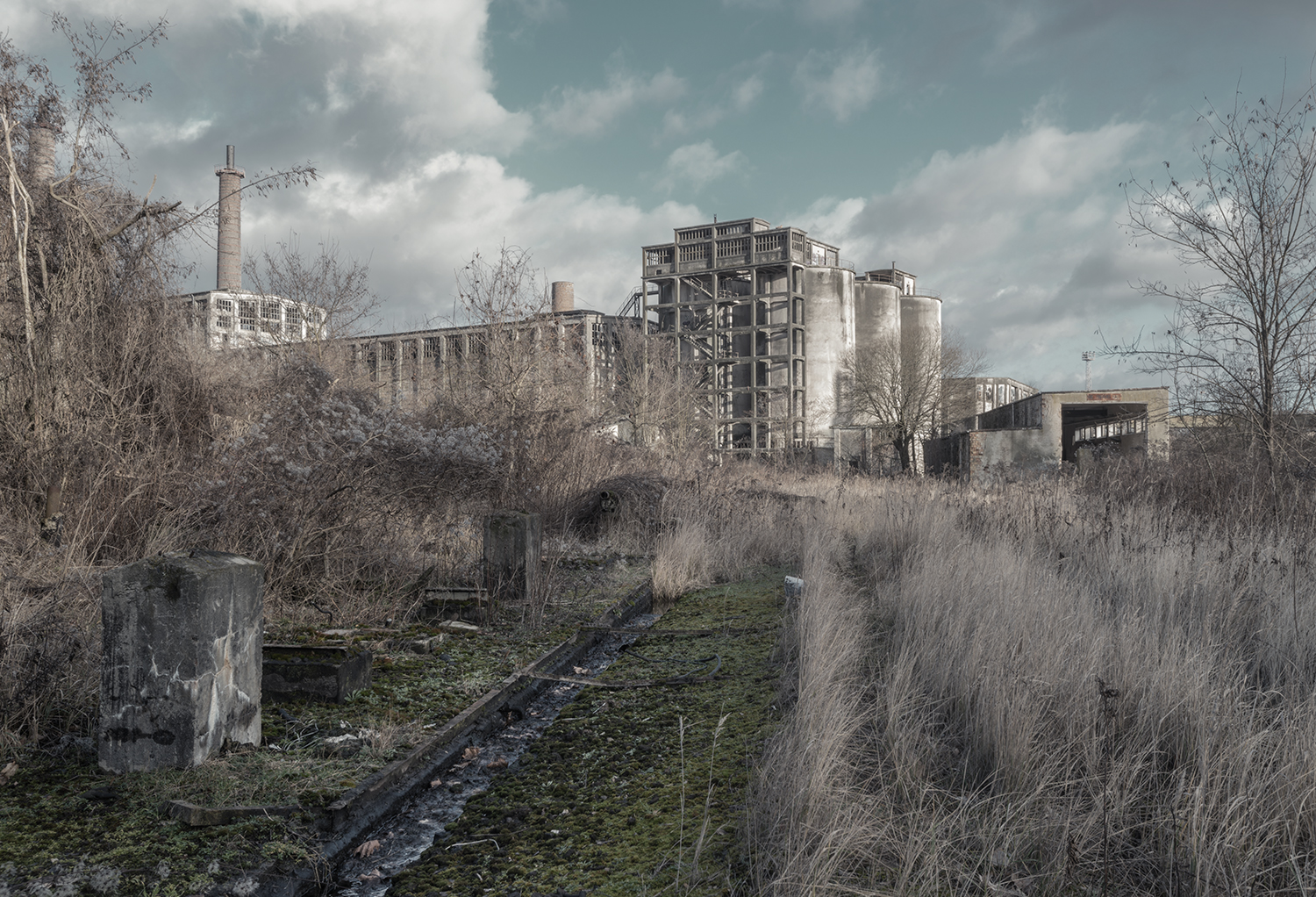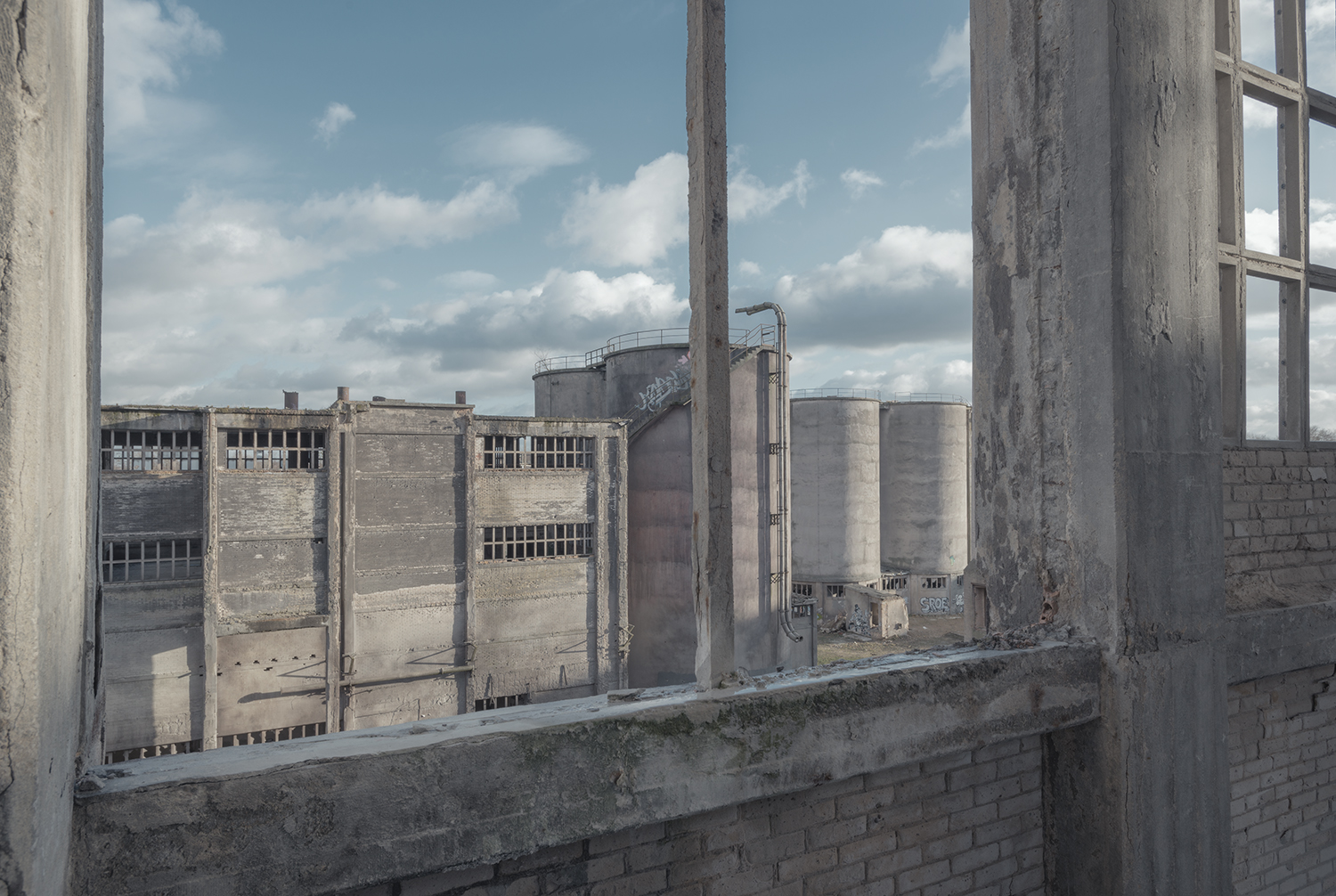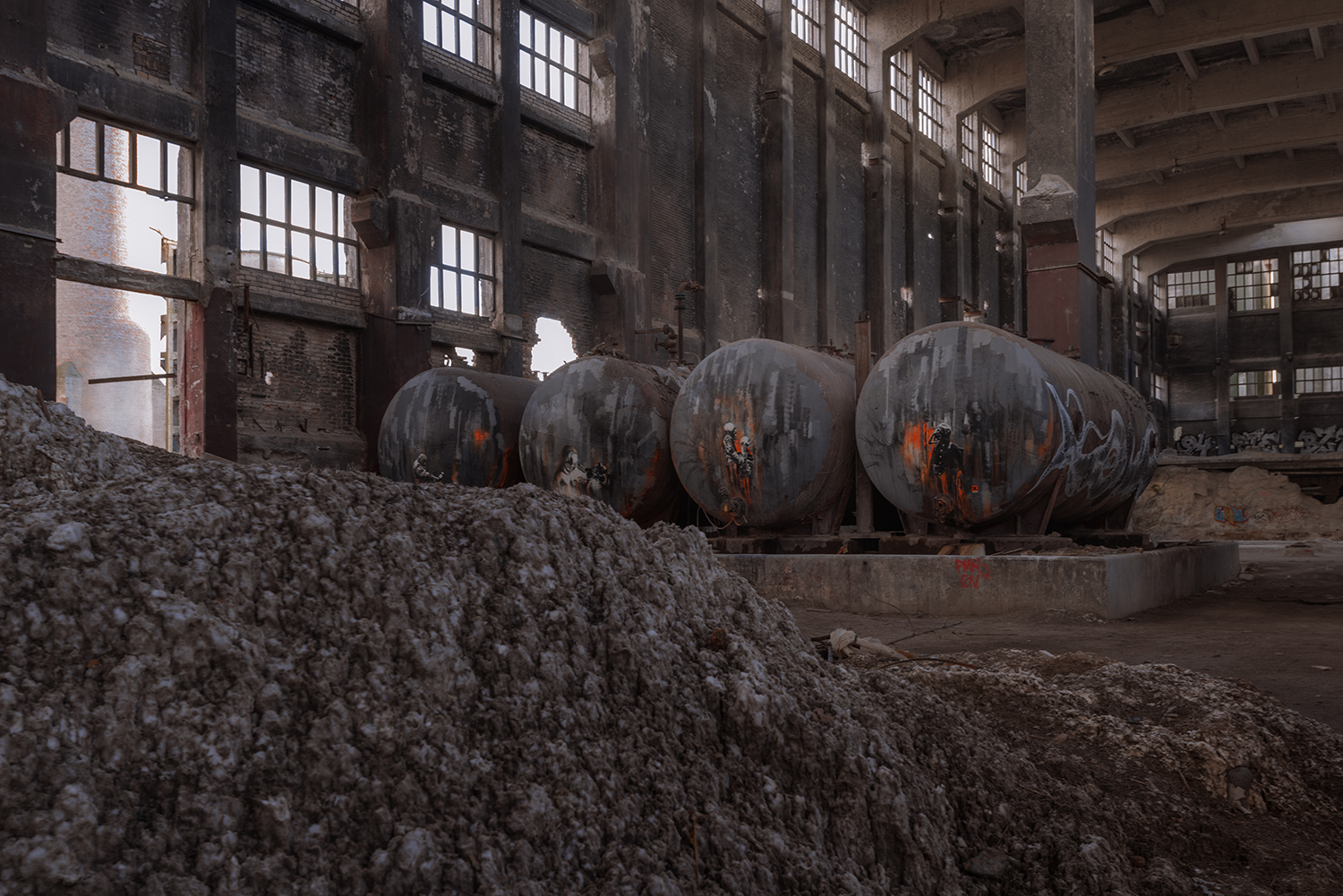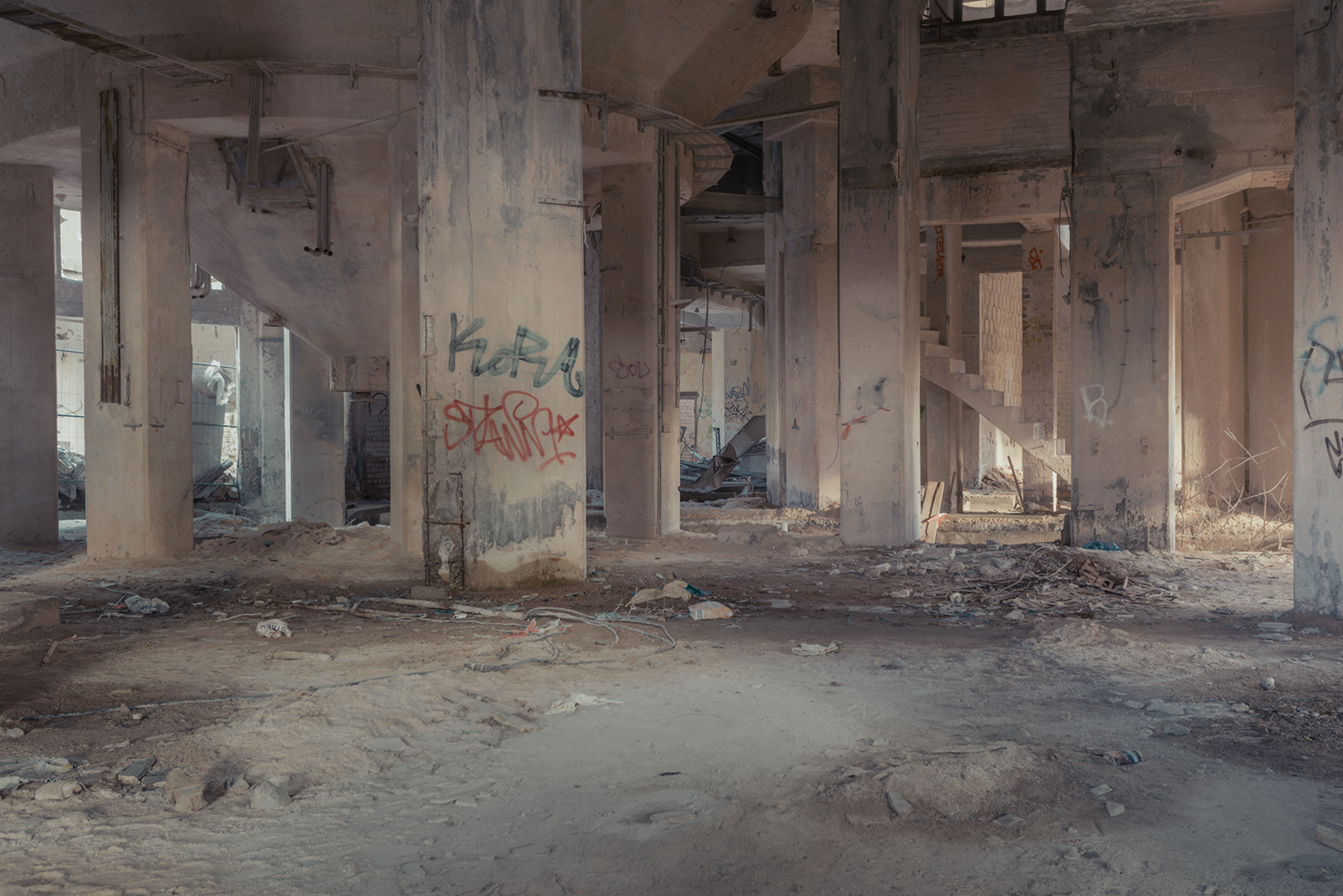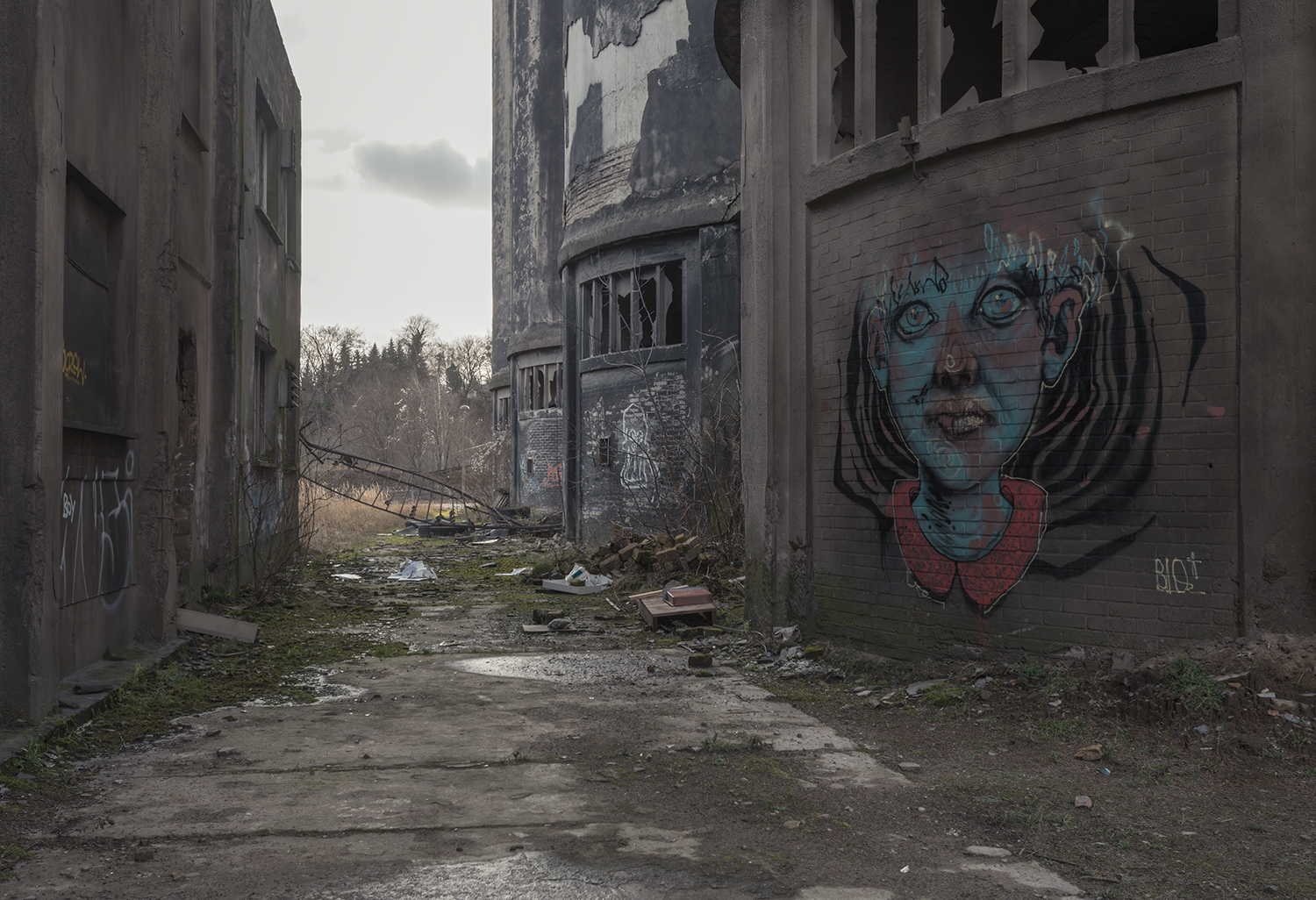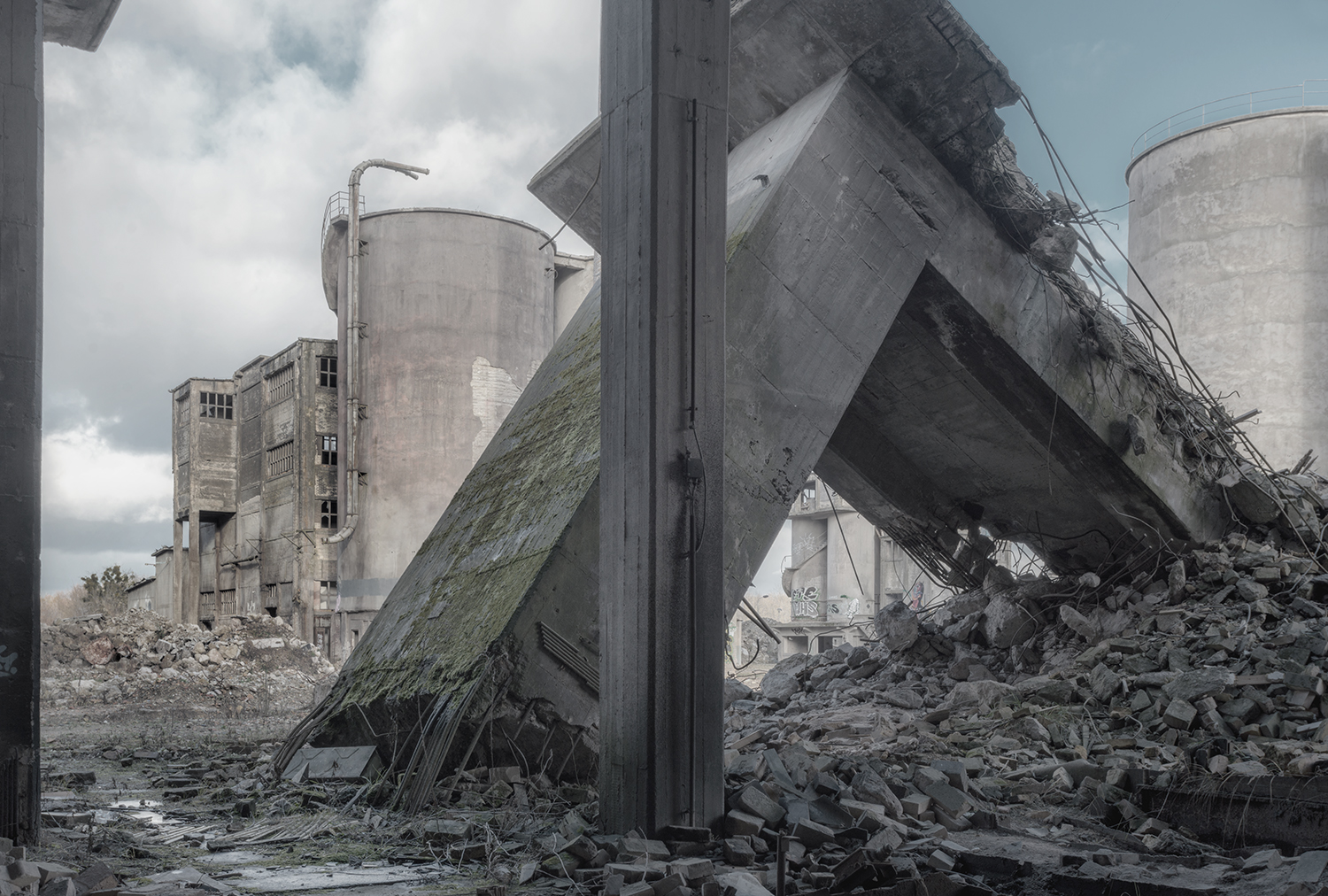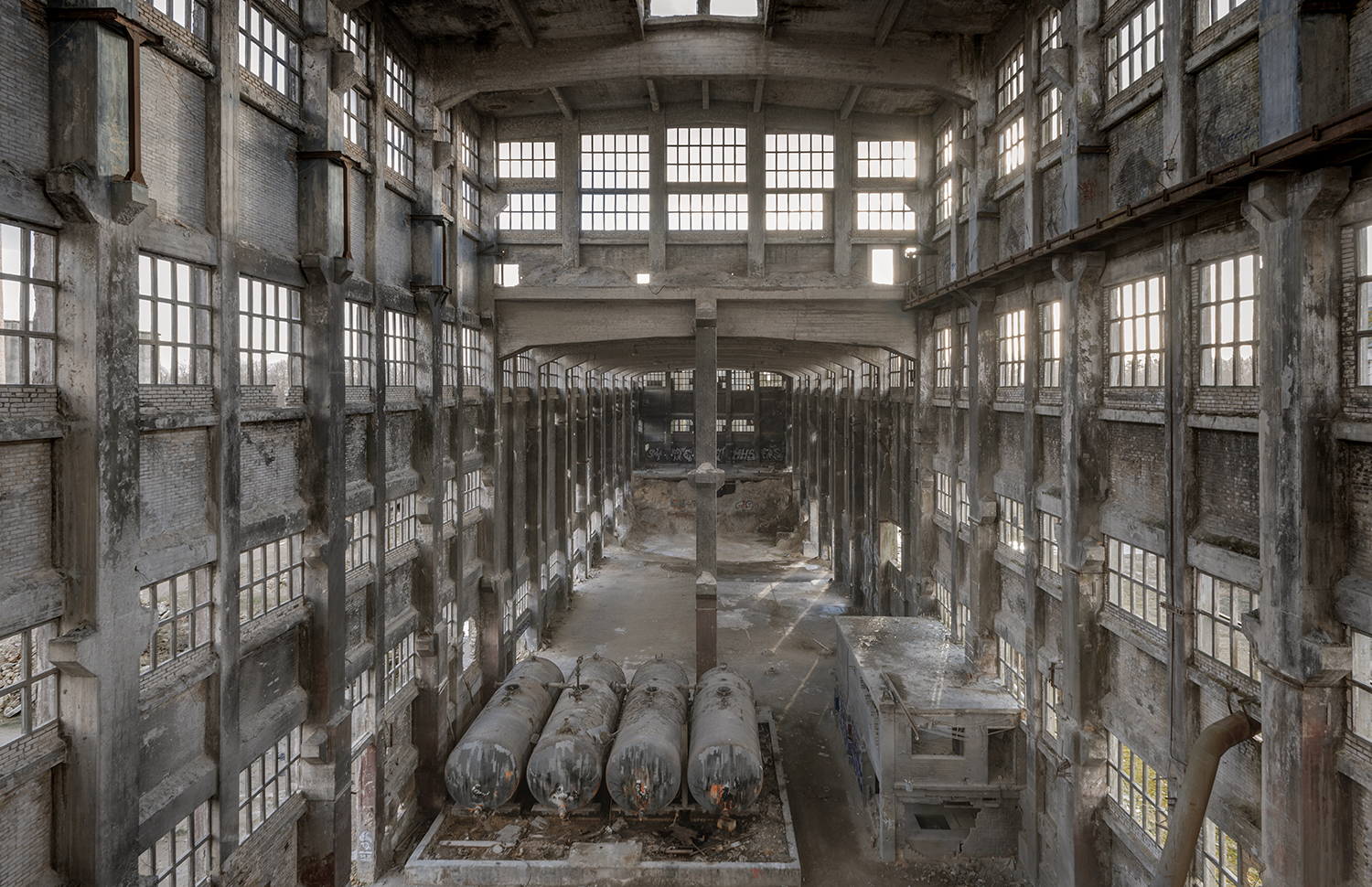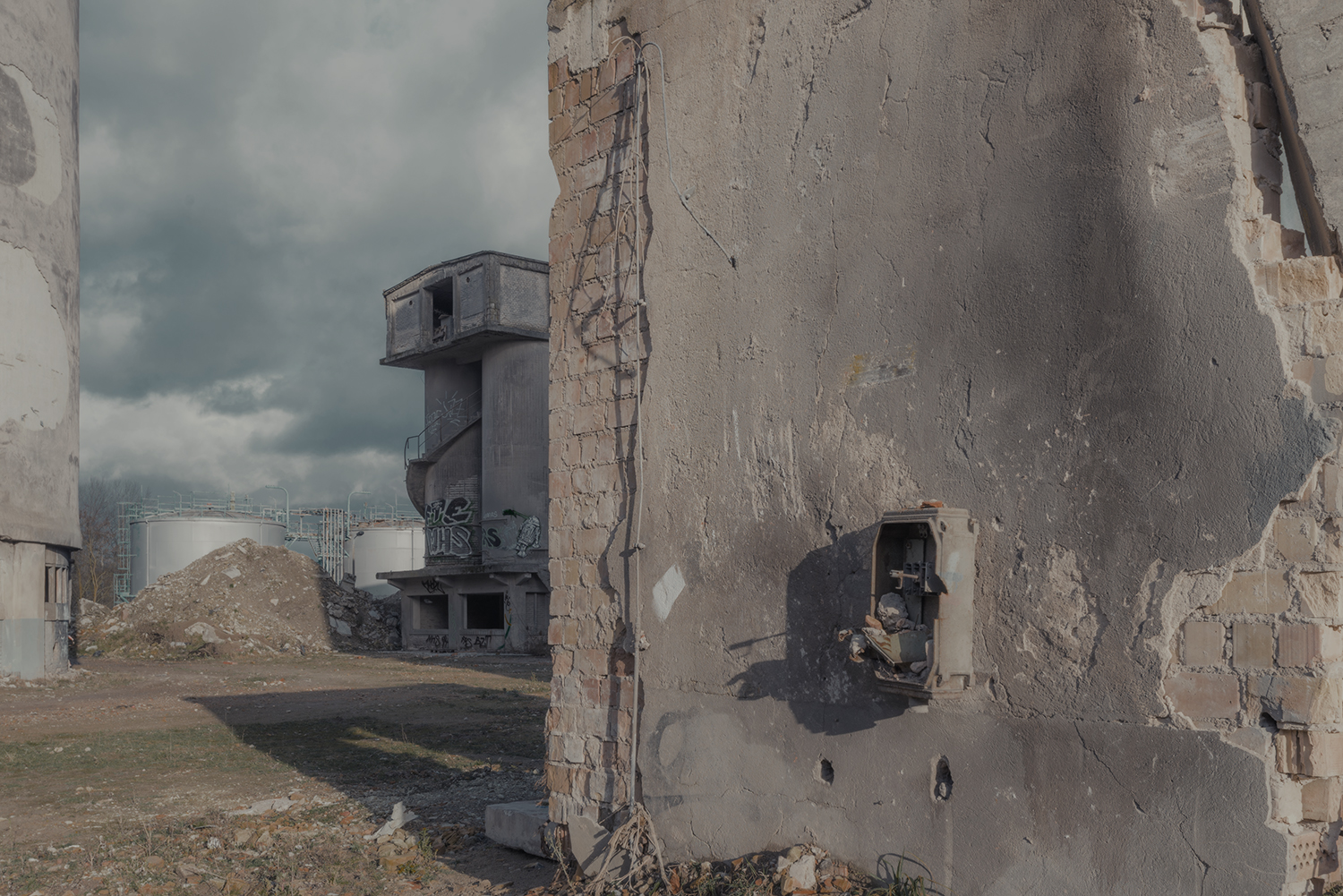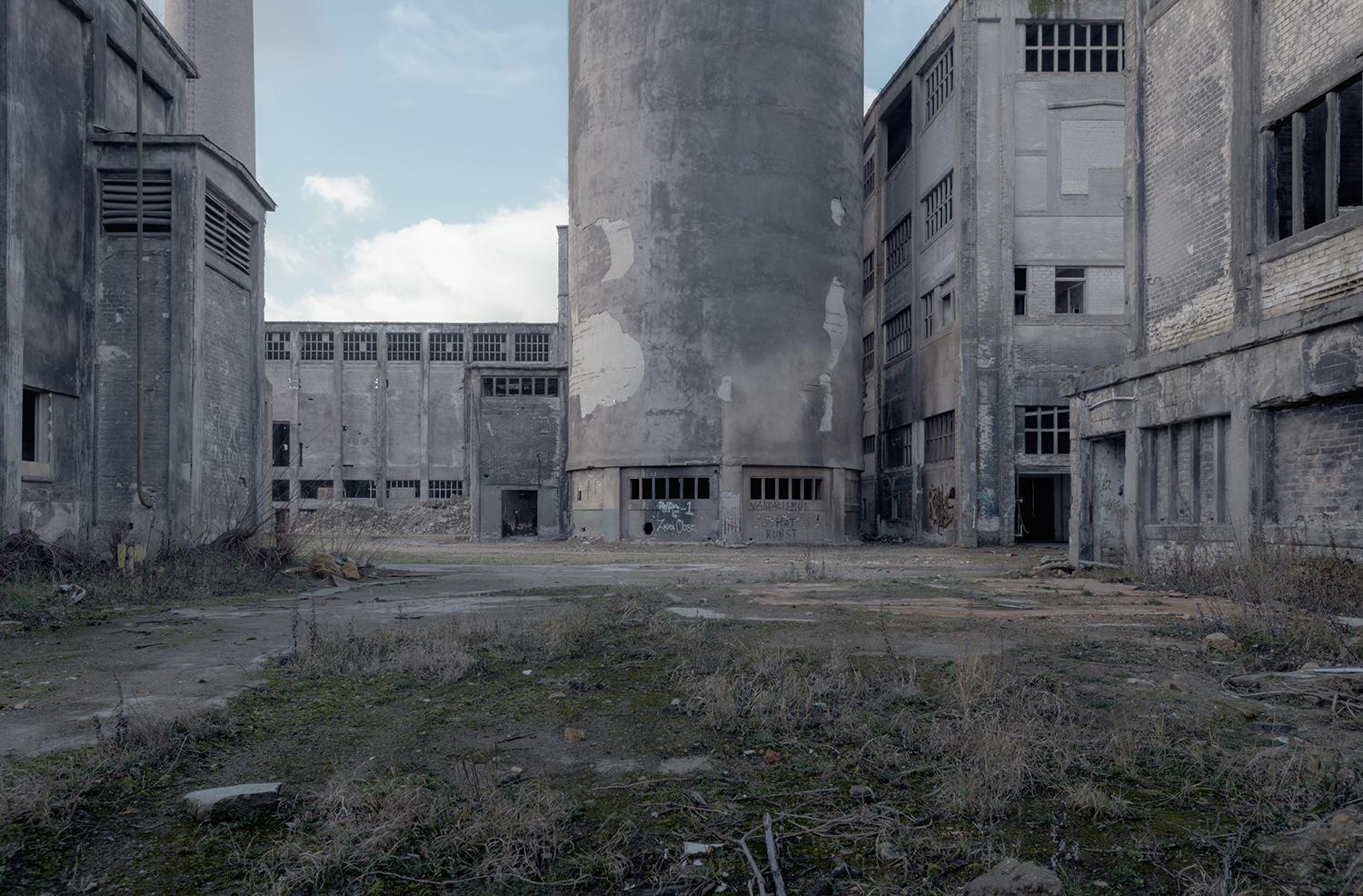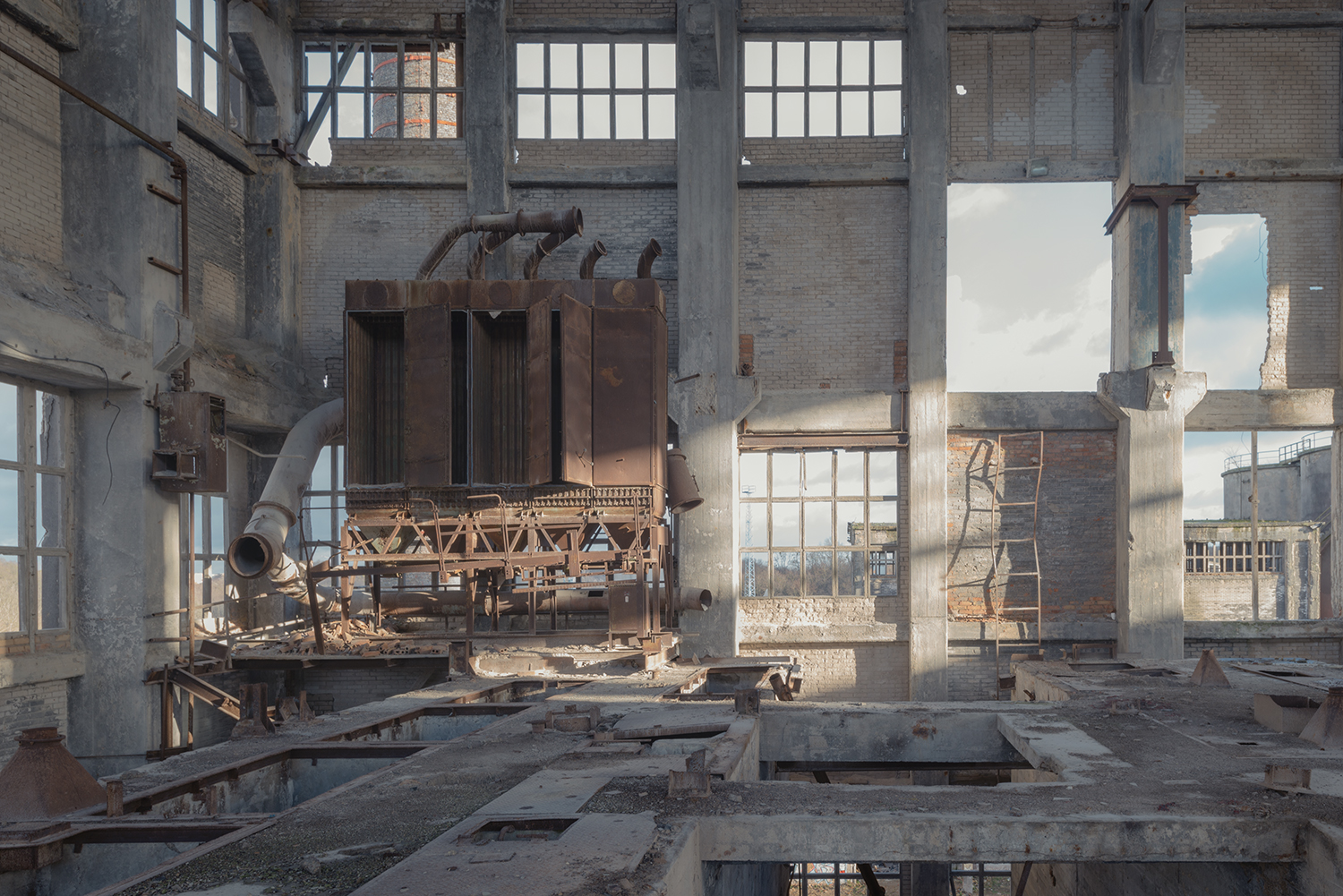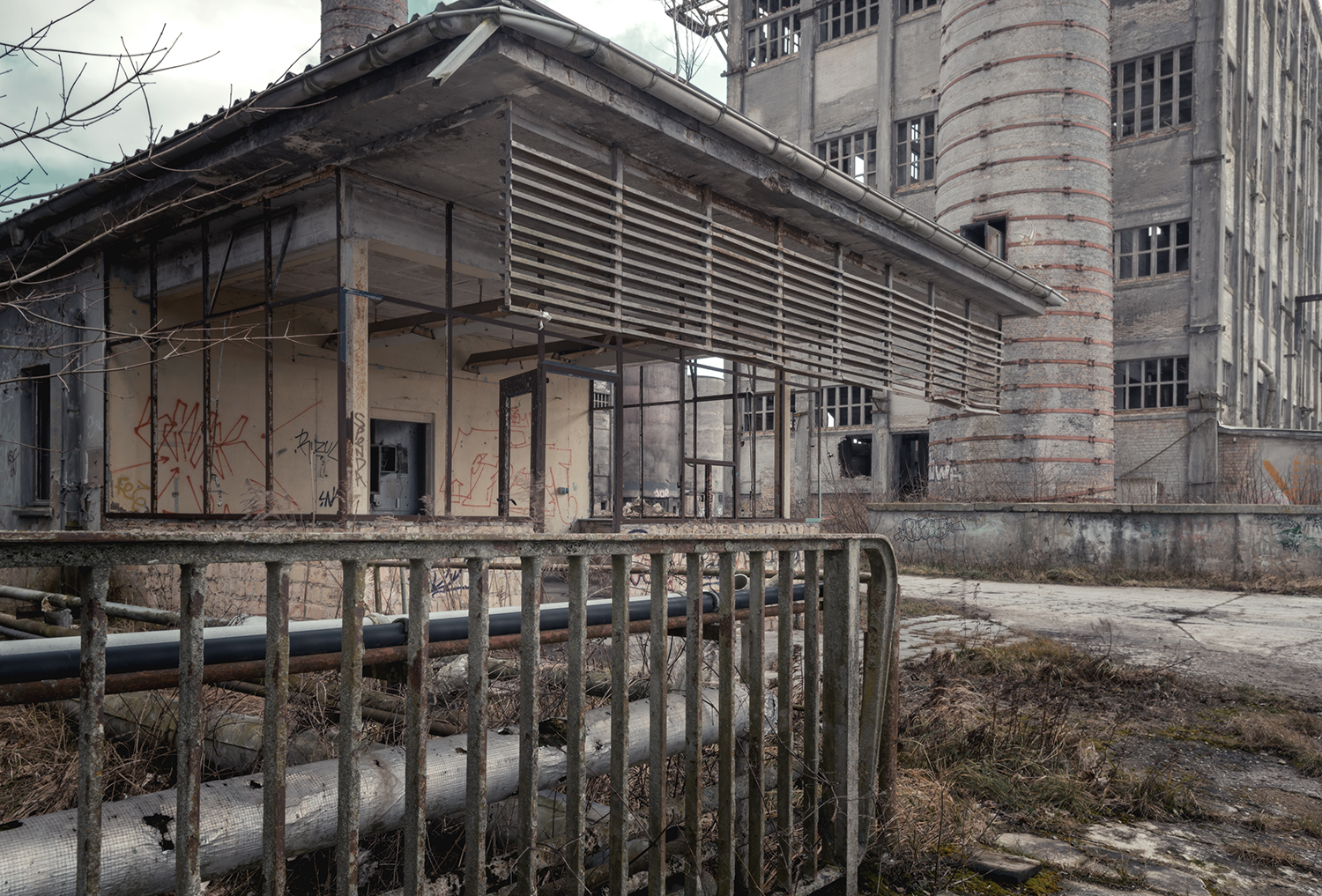Images by: Markus Lehr - From the series: Modern Ruins
Written By: Ryan Nemeth
Factories and industrial sites are more than just standardized homogenous places where we produce things. During the industrial revolution, industrial zones and production centers also served as community outlets and incubators for innovation. Our factories and assembly lines were the places where we produced value for society and challenged mediocrity. In doing so, scaled manufacturing became the 20th century model and mechanism for ushering in wealth and culture to the Western World. Thus, industrial centers also became the rallying points for generating the competitive advantages needed for our economic growth. Under this industrial economic model, societal benefits were numerous and we had both rationale and incentive to build and maintain the “factory town”.
As a result, the factory floor was a place that provided for generations of our families. For the better part of a century, the assembly line enabled upward social mobility in the Western World. The production plant was our method for building and enabling a middle class that afforded homes, cars, healthcare, college, and retirement. Yet, the promise of increased profitability (capitalism) quickly challenged what was good and well, enter the service economy. As industries created wealth and leisure, we demanded more and our service sectors grew fast to keep pace. We began demanding higher quality, at lower prices, with more variety and the bottom line prompted businesses to continue outsourcing their manufacturing jobs. Fast forward fifty years and what remains of a once vibrant Western production empire is a scarred landscape filled with factory ruins that serve as portals to a vibrant industrial past.
Sizable changes in service sector composition were first documented by U.S. sociologist Daniel Bell. Bell coined the term “post-industrial society” to explain the dominant trend in U.S. service sector job growth. In 1973, Bell’s research showed that for the first time, the U.S. service sector represented 53 percent or a majority share of our national economy. He also predicted that the service sector would remain atop industrial and agriculture output as our primary method for achieving economic growth. As a sociologist, Bell moved beyond economics and predicted that this paradigm shift would also induce major social and cultural change.
In keeping with Bell’s predictions, the United States, Western Europe, Japan and other industrialized nations have witnessed massive industrial restructuring of their economies. In the 23 most advanced economies, employment in manufacturing declined from roughly 28 percent of the workforce in 1970 to 18 percent in 1994. From 1965 to 1994, U.S. economic share of national manufacturing employment fell from a peak of 28 percent to approximately 16 percent. This downward momentum plateaued, however, the U.S. service economy still represents around 80 percent of our country’s annual output. And yes, true to Bell’s predictions there were and still are many social and cultural implications related to our big service shift. In the production economy, we could literally feel, hear, taste, touch and smell what we were doing, this is no longer! It is as if we have traded in our existence for a virtual one, but this was our intent, right? It should be apparent that the value proposition in the service economy is now ideation and innovation. Thus, innovation and ideation drive value and wealth rather than production. Literally and figuratively, we have assumed the role of global architect and engineer rather than builder, but this is our comparative economic advantage, or so we think?
In keeping with the idea of cultural impact, it is interesting to ponder how growth in the service sector has affected our need for operational space in the business world. Industrial profitability has long been predicated on scale and in most cases production capacity to turn a profit. The link here is that capacity is tied to space and space to land. However, the service business has turned this model upside down. Thus, the multi-acre industrial sites that were once needed and demanded for our profitability are no longer. The service sector has enabled us work in a manner that is no longer constrained by space and geography. In some cases, the Internet has given rise to non-geographic specific work and global occupational mobility. The evidence of this dramatic shift is all around, take a drive through the Western world and you will quickly see that we have literally abandoned and discarded many of our once coveted industrial sites. Industrial ruins have become ubiquitous components of the 21st century Western Landscape. For some, these abandoned factory sites stand as physical manifestations of our economic evolution and for others these discarded industrial sites represent what has been lost. Irrelevant of one’s viewpoint one thing is for certain, our industrial sites are intertwined with lots of cultural history and for this reason they are very complex emotive spaces.
In the old industrial districts of our cities and towns, assembly lines, derelict mills, foundries, engineering workshops and storage depots have slowly crumbled into disrepair. Many of these sites are in parts of town that are now disconnected from flows of money, energy, people and resources. This is especially true in urban areas that lack the investment capacities to demolish, replace or convert such buildings. For many decades now, our industrial ruins have simply lingered. They have thwarted the attempts of city imagineers and marketers to create new visions that might help to sell their potential to investors. Because of this predicament, these sites are often regarded as a waste of space and dangerous places that should be demolished.
However, Industrial ruins also provide an alternative realm for all sorts of social practices from unofficial art, graffiti, photography, children’s play, sex, drug-taking, parties, living and other kinds of urban adventure. Furthermore, these spaces also often serve as nature refuges and buffer zones from the city. Defying logic, many of these sites are actually home to a complex range of birds, insects, mammals and plants. Most importantly, through the process of decay, ruins offer an aesthetic experience that bypasses the normal designs of the city, which coincidentally are often over-regulated and boring. The city is organized and commonplace, in ruins, we can come across unexpected sights, weird vestiges of the past, unfathomable artifacts, cryptic signs, unfamiliar textures, and large industrial objects. It is apparent that our Industrial ruins are not the romantic ruins of Rome or the Ottoman empires. Nevertheless, they are places we can visit to escape the seamless conformity of so many of our cities. Our abandoned industrial infrastructure is everywhere, maybe we should start to view these sites as places of mystery and conjecture amid an increasingly predictable world that is chasing down a different reality?
Find more of Markus Lehr's work here: Markus Lehr
References:
- Rowthorn R., Ramaswamy, R. (1997) Deindustrialization, Its Causes and Implications. International Monetary Fund. Retrieved from: https://www.imf.org/EXTERNAL/PUBS/FT/ISSUES10/INDEX.HTM
- Edensor, T. (No date) British Industrial Ruins. Retrieved from: http://www.sci-eng.mmu.ac.uk/british_industrial_ruins/
- http://www.sci-eng.mmu.ac.uk/industrial_ruins/
- http://trade.gov/td/sif/PDF/ROLSERV199.PDF
- http://www.economist.com/node/258185
- http://www.britannica.com/topic/postindustrial-society
- https://en.wikipedia.org/wiki/Deindustrialization

